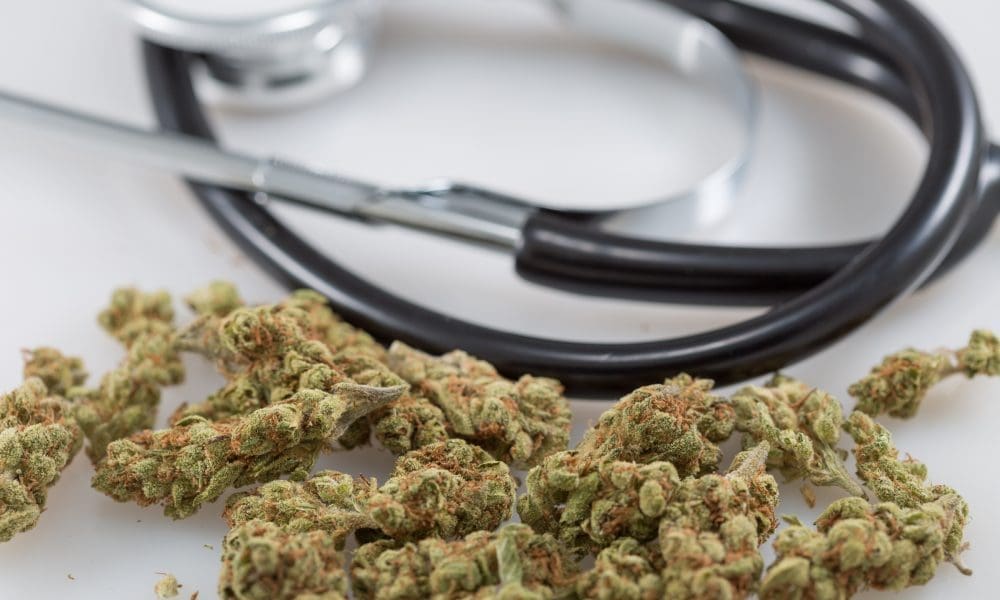
Introduction
Emerging research in dermatology indicates that lesser-known cannabinoids, such as THCV, CBDV, CBC, CBM, and CBN, may offer therapeutic benefits for various skin conditions including psoriasis, eczema, and acne. This guide will delve into the scientific evidence surrounding the therapeutic promise of these minor cannabinoids in managing dermatological conditions.
Potential Therapeutic Applications of Minor Cannabinoids
Chart: Minor Cannabinoids and Their Utility in Dermatology
| Cannabinoid | Skin Conditions Addressed | Potential Benefits | Known Risks and Limitations |
|---|---|---|---|
| THCV | Acne | Regulates sebum production, exhibits anti-inflammatory and antibacterial properties | Limited Clinical Trials |
| CBDV | Atopic Dermatitis, Acne | Anti-inflammatory, Antioxidant | Limited Clinical Trials |
| CBC | Acne, Psoriasis, Atopic Dermatitis | Anti-inflammatory, Antioxidant | Limited Clinical Trials |
| CBM | Under investigation | Anti-inflammatory | Limited Clinical Trials |
| CBN | Under investigation | Potential anti-inflammatory | Limited Clinical Trials |
Mechanism of Action: The Endocannabinoid System
The effects of these minor cannabinoids are believed to be mediated by the body’s endocannabinoid system, a crucial regulatory mechanism responsible for maintaining the health and proper functioning of various biological processes, including skin functions like immune response, cell proliferation, differentiation, and suppression of inflammation (Kwiecień & Kowalczuk, 2021).
Precautions and Risks
While these minor cannabinoids exhibit promising therapeutic properties, more research is needed to confirm their effectiveness and safety. Issues related to product quality, regulation, legality, and potential health risks should be carefully considered (Kwiecień & Kowalczuk, 2021). For expert advice on cannabinoid use in dermatological conditions, consult Dr. Caplan at CED Clinic.
References
- Kwiecień, E., & Kowalczuk, D. (2021). Minor cannabinoids: Therapeutic promise in the management of dermatological diseases. Molecules.
- Atalay, S., Jarocka-Karpowicz, I., & Skrzydlewska, E. (2019). Antioxidative and Anti-Inflammatory Properties of Cannabidiol. Antioxidants.
- Ali, A., & Akhtar, N. (2015). The safety and efficacy of 3% Cannabis seeds extract cream for reduction of human cheek skin sebum and erythema content. Pakistan Journal of Pharmaceutical Sciences.
- Pellati, F., Borgonetti, V., Brighenti, V., Biagi, M., Benvenuti, S., & Corsi, L. (2018). Cannabis sativa L. and Nonpsychoactive Cannabinoids: Their Chemistry and Role against Oxidative Stress, Inflammation, and Cancer. BioMed Research International.
📗 Note: The diagram you see here is based on principles discussed in greater depth in “The Doctor-Approved Cannabis Handbook.” Enhance your knowledge by purchasing the book directly through this link 📗

Summary Notes
The Frontier of Minor Cannabinoids in Dermatological Treatments
The therapeutic potential of minor cannabinoids in dermatology represents a burgeoning area of interest, promising innovative treatments for conditions ranging from psoriasis to acne. Cannabinoids such as cannabigerol (CBG), cannabidivarin (CBDV), and cannabichromene (CBC) are being explored for their anti-inflammatory, antimicrobial, and sebostatic properties, offering new hope for patients with challenging skin conditions.
Clinical research and patient testimonies underscore the importance of understanding the unique mechanisms through which these minor cannabinoids exert their effects on the skin, highlighting their potential to complement or even surpass traditional dermatological therapies in terms of efficacy and safety.
As the scientific community delves deeper into the dermatological applications of cannabinoids, the development of specialized formulations and delivery systems is key to maximizing their therapeutic benefits. Regulatory, economic, and educational efforts will play crucial roles in integrating cannabinoid-based treatments into mainstream dermatology, ensuring patients have access to safe, effective, and personalized options for skin care and therapy.


